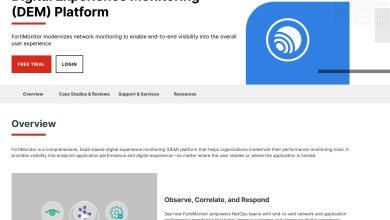
Determining an employee’s exemption status under the Fair Labor Standards Act can be one of the many complicated things when hiring and managing them. Here, you will learn about the significance of FLSA classification and get a quick rundown of the different classification types and some updates on the FLSA exempt test.
What is FLSA?
The FLSA or Fair Labor Standard Act regulates minimum wages, overtime compensation, recordkeeping, and youth employment for workers in the private sector and federal, state, and state authorities.
Since July 24, 2009, covered non-exempt employees have been entitled to minimum pay of $7.25 per hour. After 40 hours of work in a standard workweek, overtime compensation of at least one and a half times the regular pay rate is necessary.
Why is Classification So Important?
Classification is a problematic area for many companies to master due to its time-consuming nature. Is your company also facing the same issue? Doing FLSA classification in the right way helps protect you from possibly terrible consequences of an audit.
It’s all about categorizing your employees correctly, which needs complete knowledge of the same. Get ready to learn the types of FLSA classification. First, understand some basics.
Types of FLSA Classification
Employees in a company or entity are classified as exempt or non-exempt under the Fair Labor Standards Act (FLSA). Non-exempt workers have to keep track of their working hours every week and be paid one and a half times more than the standard salary rate if they work more than 40 hours a week.
Here are few main terms to consider when it comes to salaried, hourly, exempt, non – exempt, and remunerated non-exempt workers. All the definitions come from the US Department of Labor unless otherwise stated.
FLSA Exempt
Exempt employees are not subject to the FLSA’s minimum wage or overtime compensation protections, according to Regulations Part 541. The term “salaried” is sometimes used to describe this type of employee.
FLSA Non-Exempt
Non-exempt employees are the ones who are subject to the FLSA’s minimum wage and overtime compensation safeguards. The term “hourly” is often used to describe this classification.
Salaried Non-exempt
Non-exempt salaried workers are paid at a specific wage over a set number of hours. If they perform over 40 hours in a week, they are paid overtime. The corresponding hourly rate that the employee pays is used to measure their overtime compensation.
Salary
A defined, fixed rate of pay makes up more or part of an employee’s payment over a work cycle. Any entity cannot reduce it because of the quality or quantities of completed work.
A salary is usually calculated as a weekly, monthly, or annual payment. The employee shall receive the minimum necessary wage of $455 a week “free and clear” of “board, housing, or other services,” according to Regulations Part 541.
FLSA Exempt Tests
Employees must follow the requirements specified in three measures to apply for FLSA exemptions:
- A salary basis measure,
- A salary level test,
- And a duties test.
Common Employer Misclassification Errors
The below are some instances of frequent mistakes employers make when categorizing employees under the FLSA classification, but this is by no means an exhaustive list—exempting all salaried workers from the FLSA’s wage and hour criteria.
Exemption of All Salaried Workers from the FLSA’s Wage and Hour Requirements
Many of the FLSA’s exempt classifications mandate that employees be paid on a salaried basis, but only because an individual is paid a salary, no matter how high, does not imply that they are exempted from the FLSA’s wage and hour laws.
Classifying As Exempt or Non-Exempt Based On the Job Title
The FLSA requires that work roles, not role names, be classified correctly. To this end, an employee’s work description is no more a deciding factor than the fact that they are paid, as discussed above.
Final Words
Employers must take FLSA enforcement seriously in light of the DOL’s increased enforcement actions and the increasing amount of wage and hour litigation. Employers can check and change their employee classifications frequently.
Employers who choose to review and reinstate their employee classifications should seek professional advice due to the complexity of FLSA classifications.




